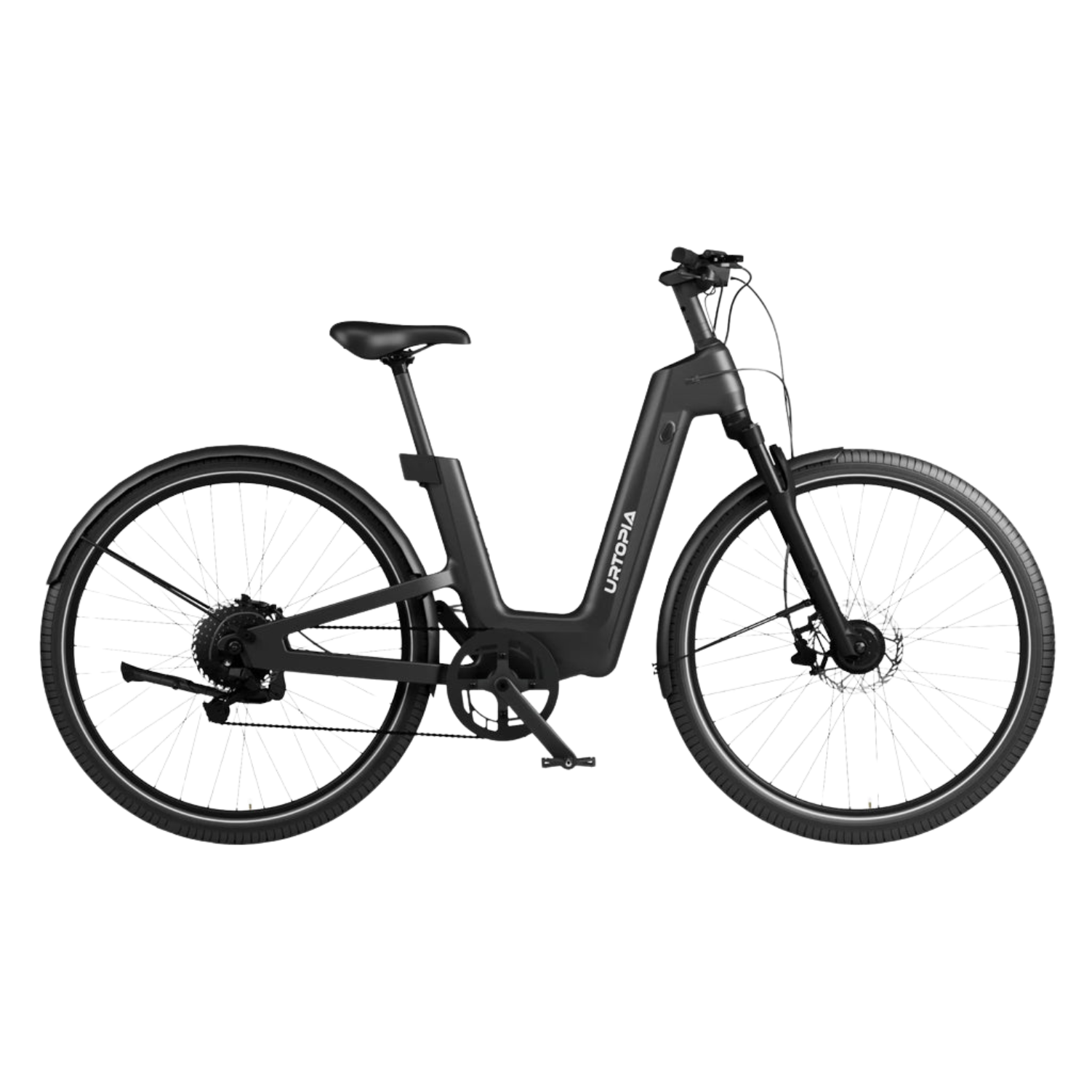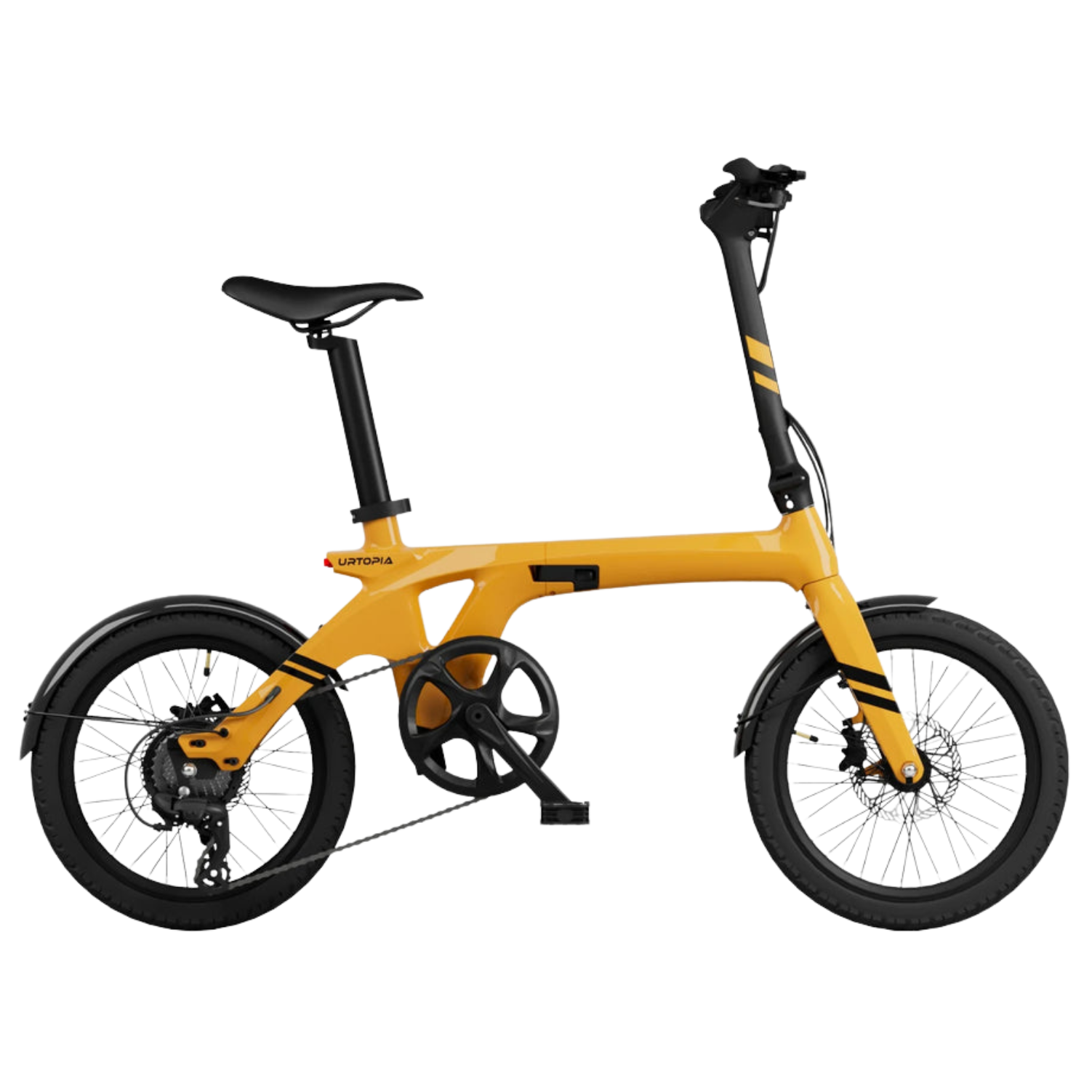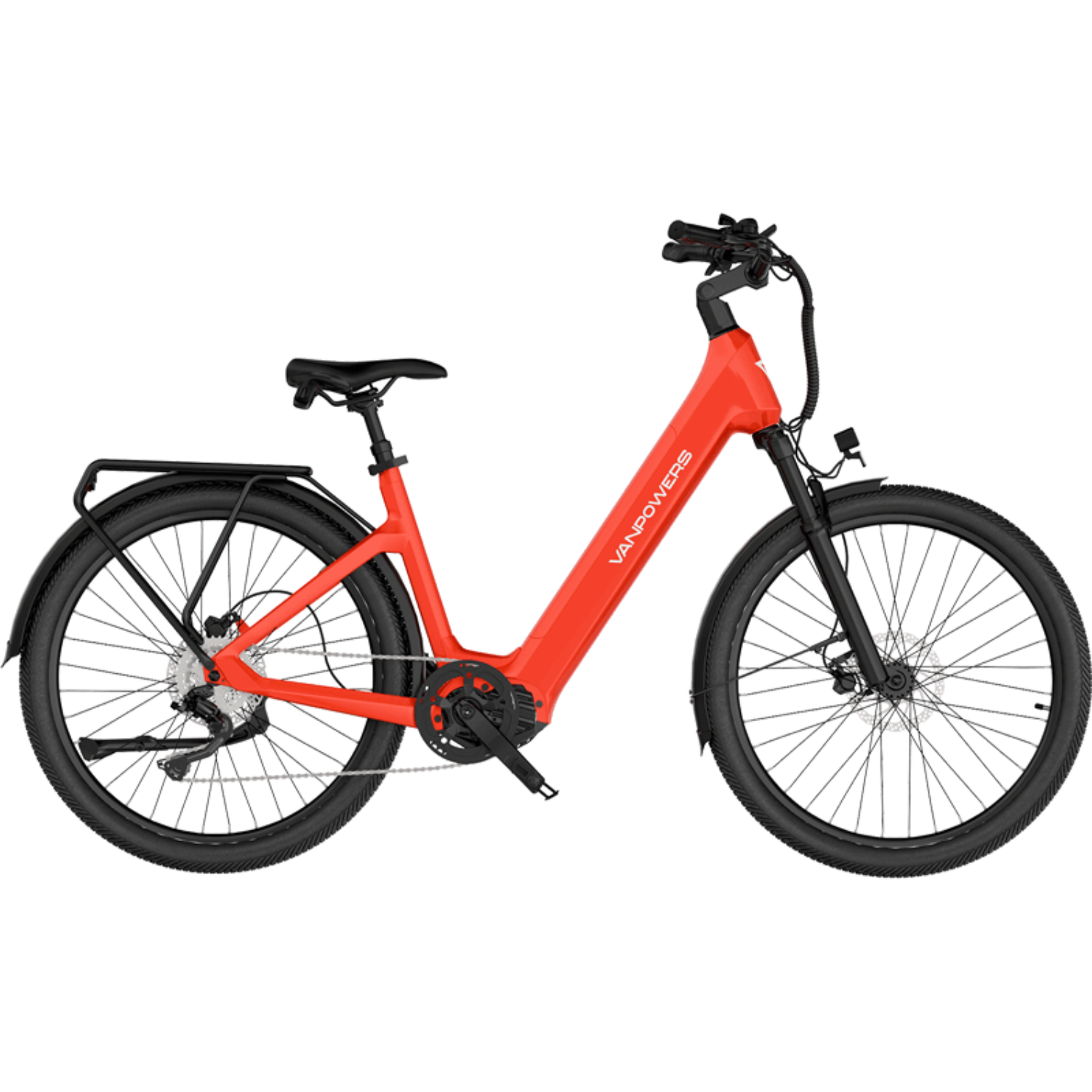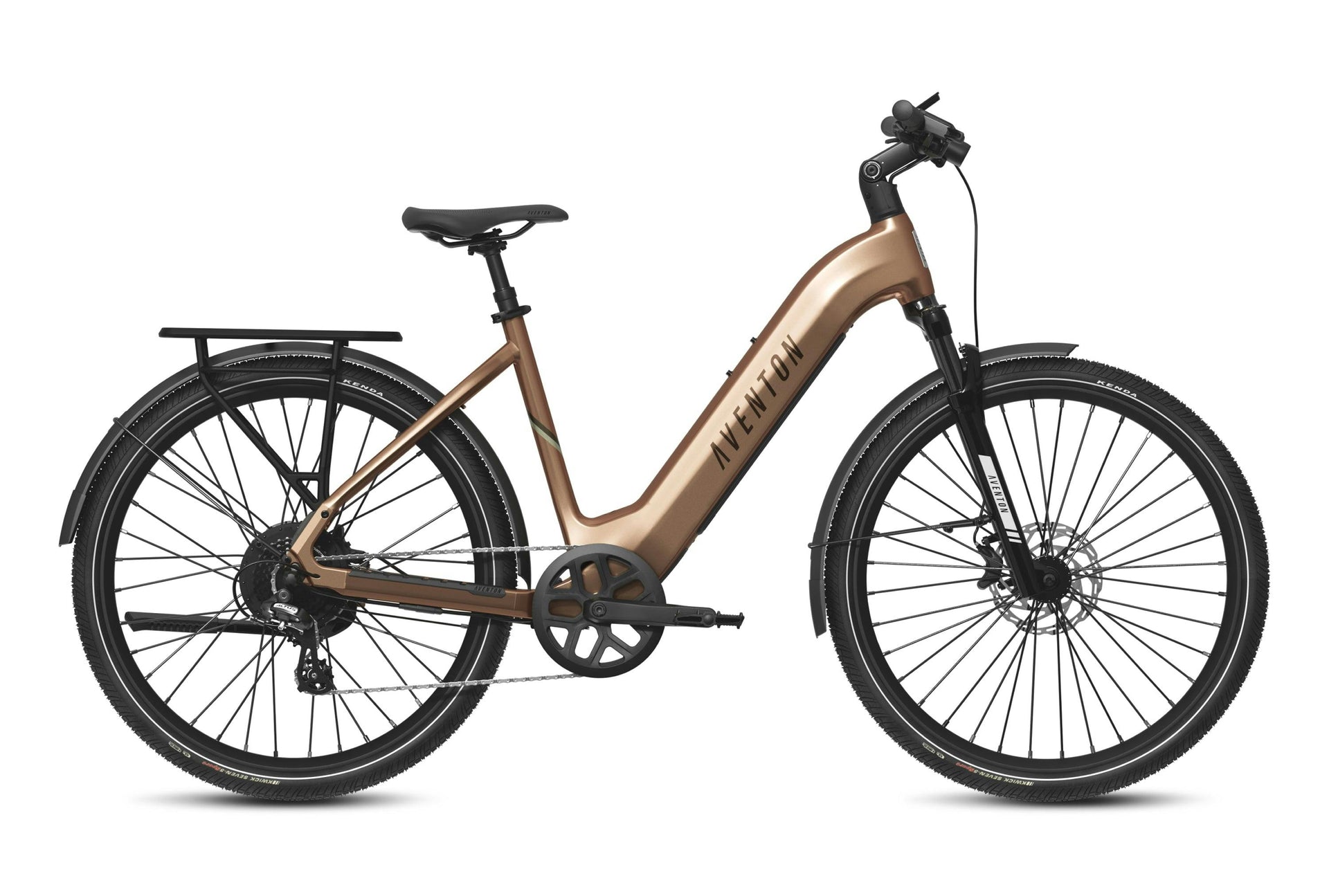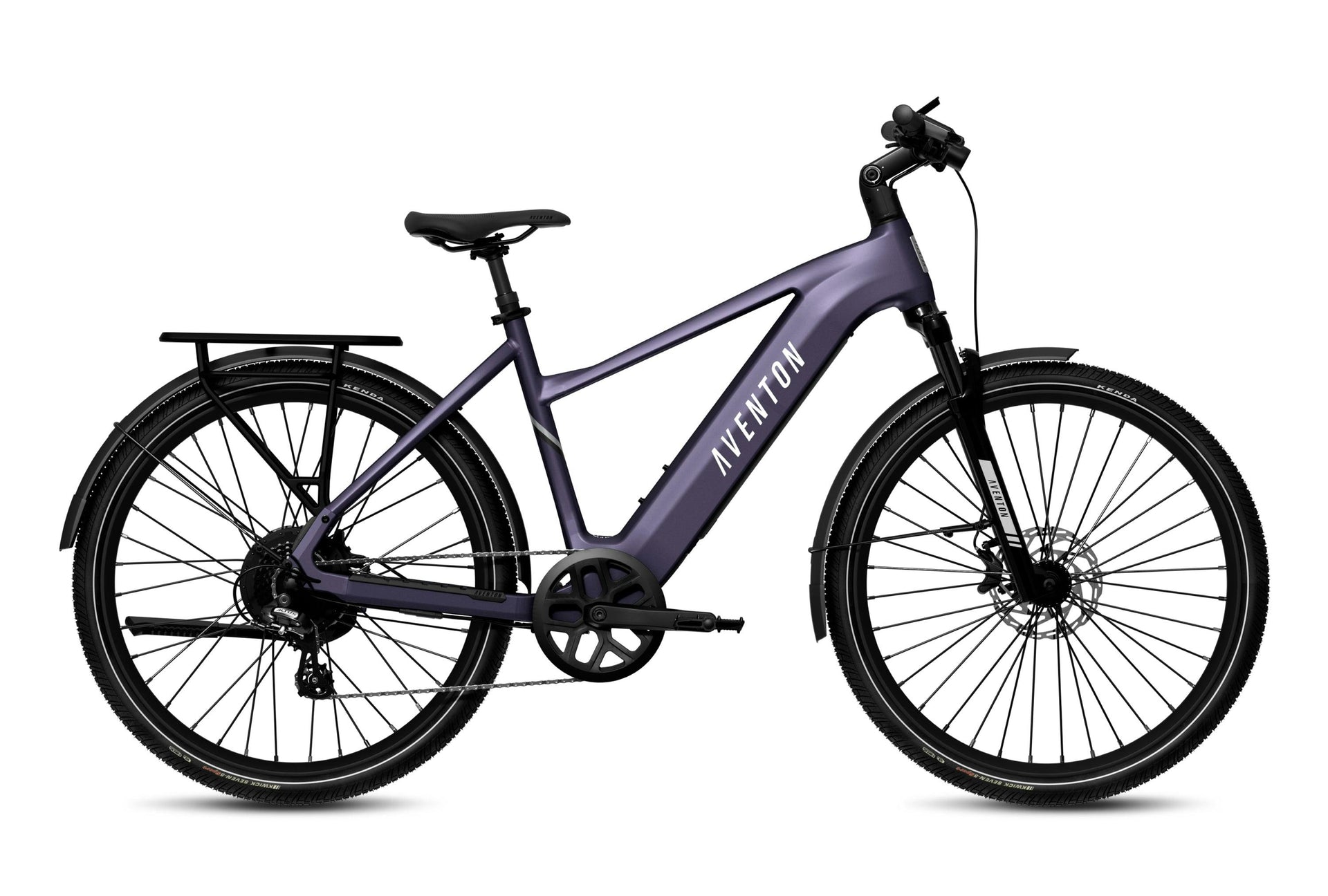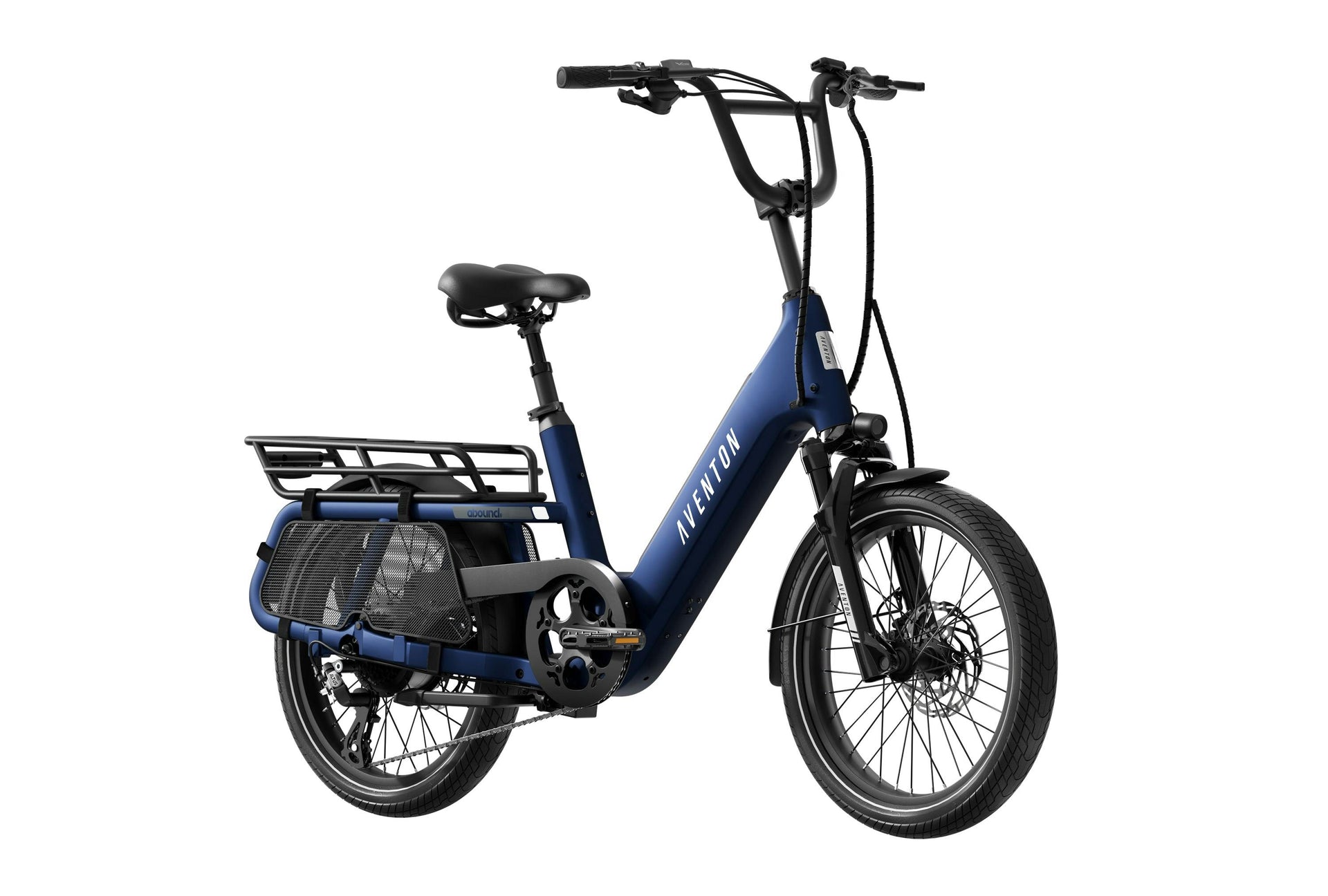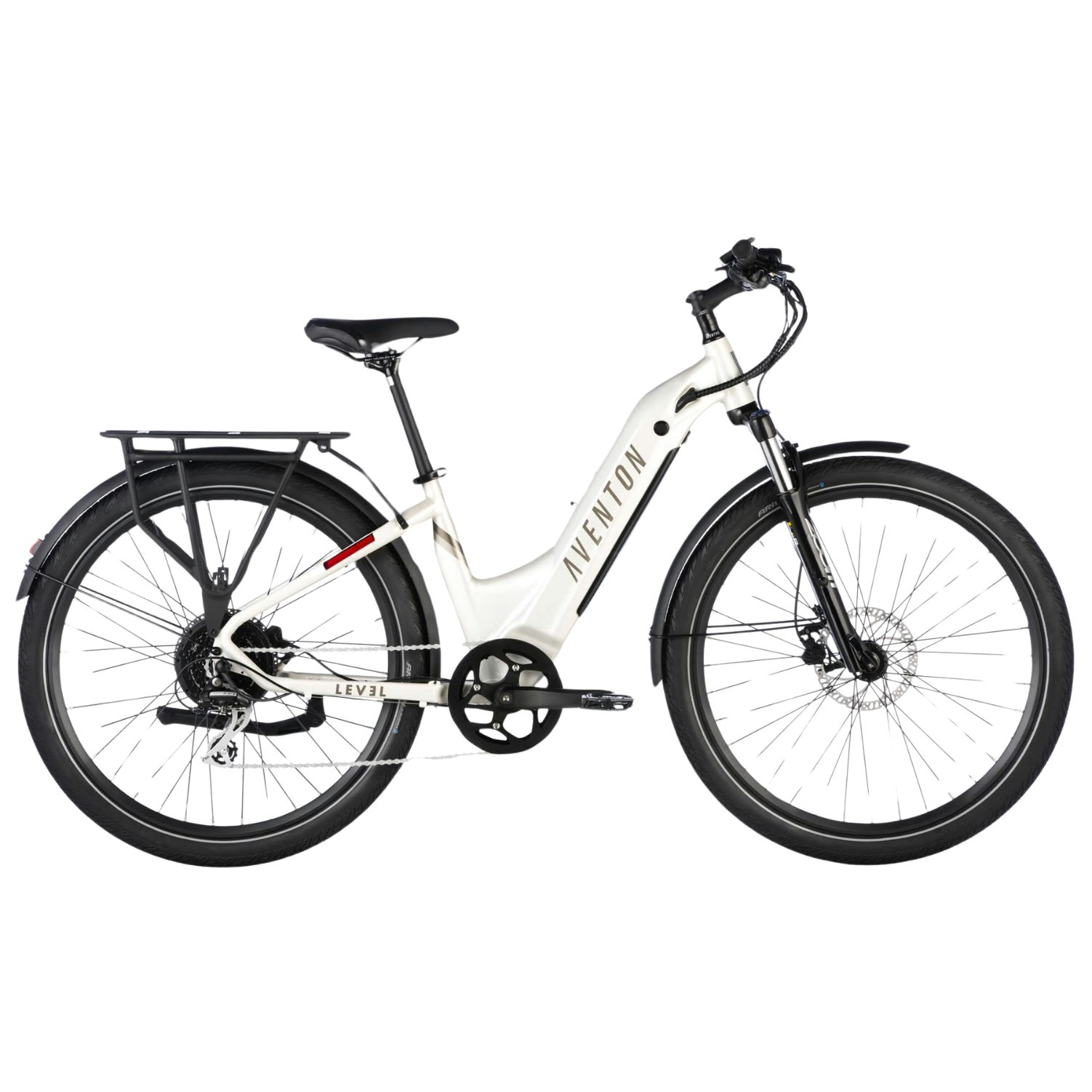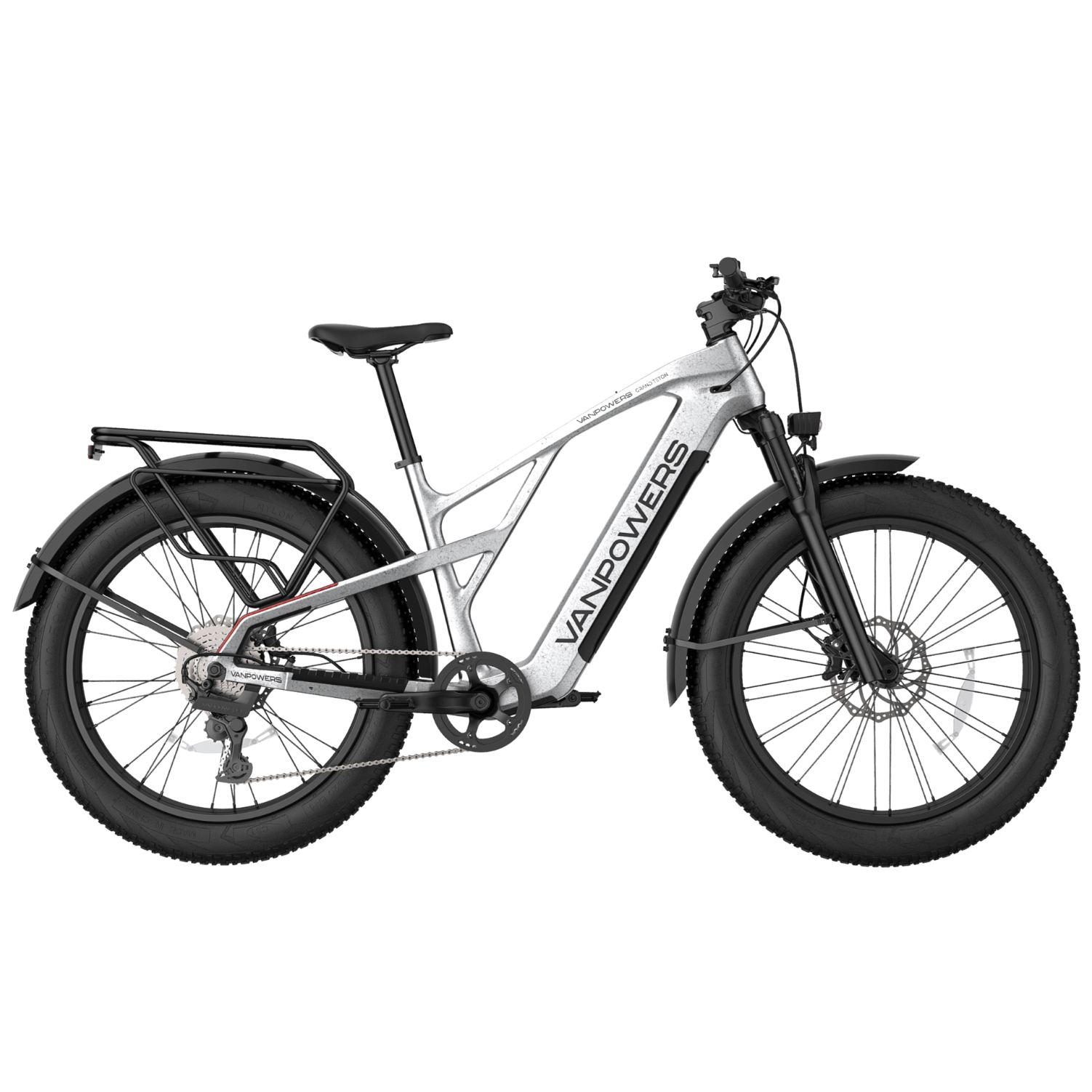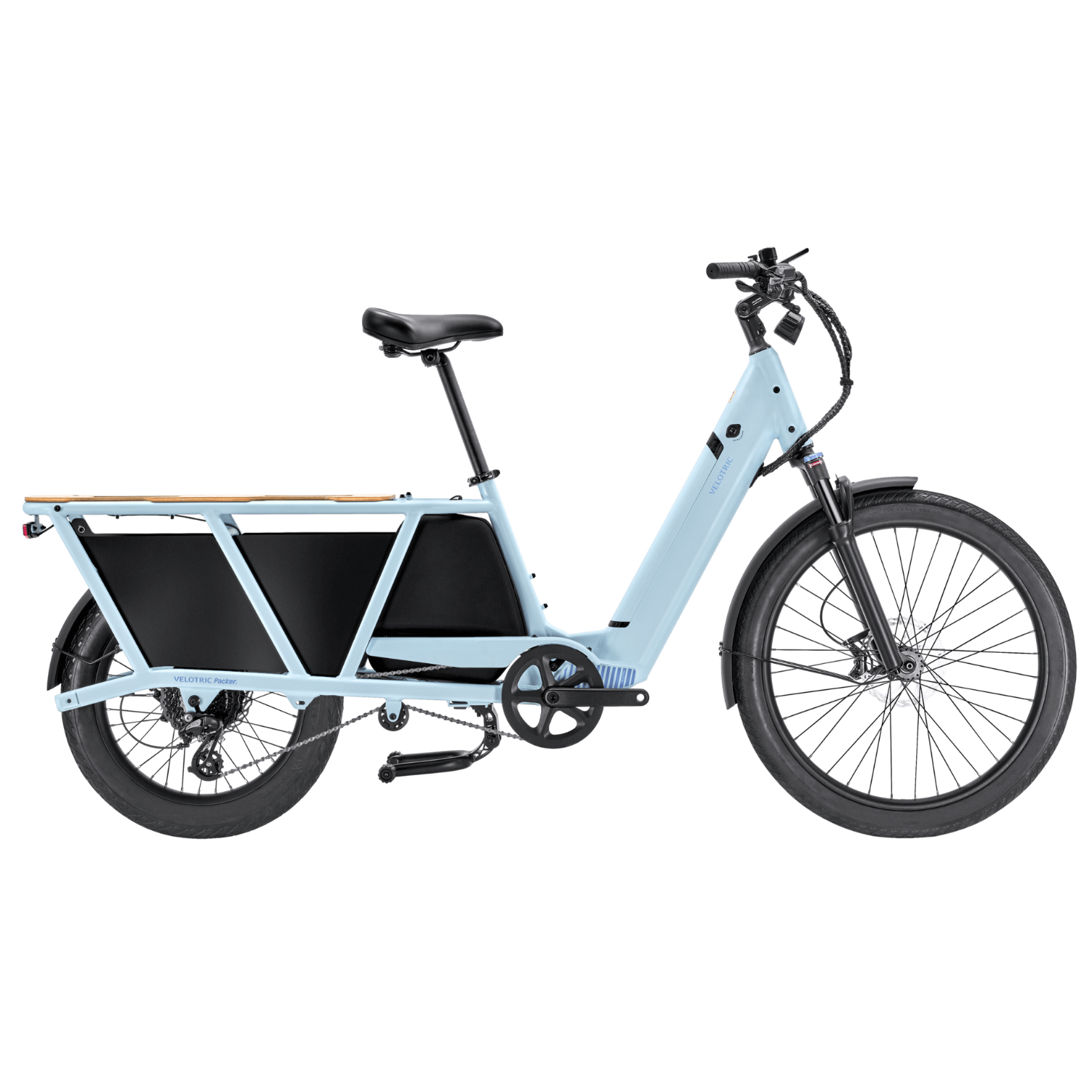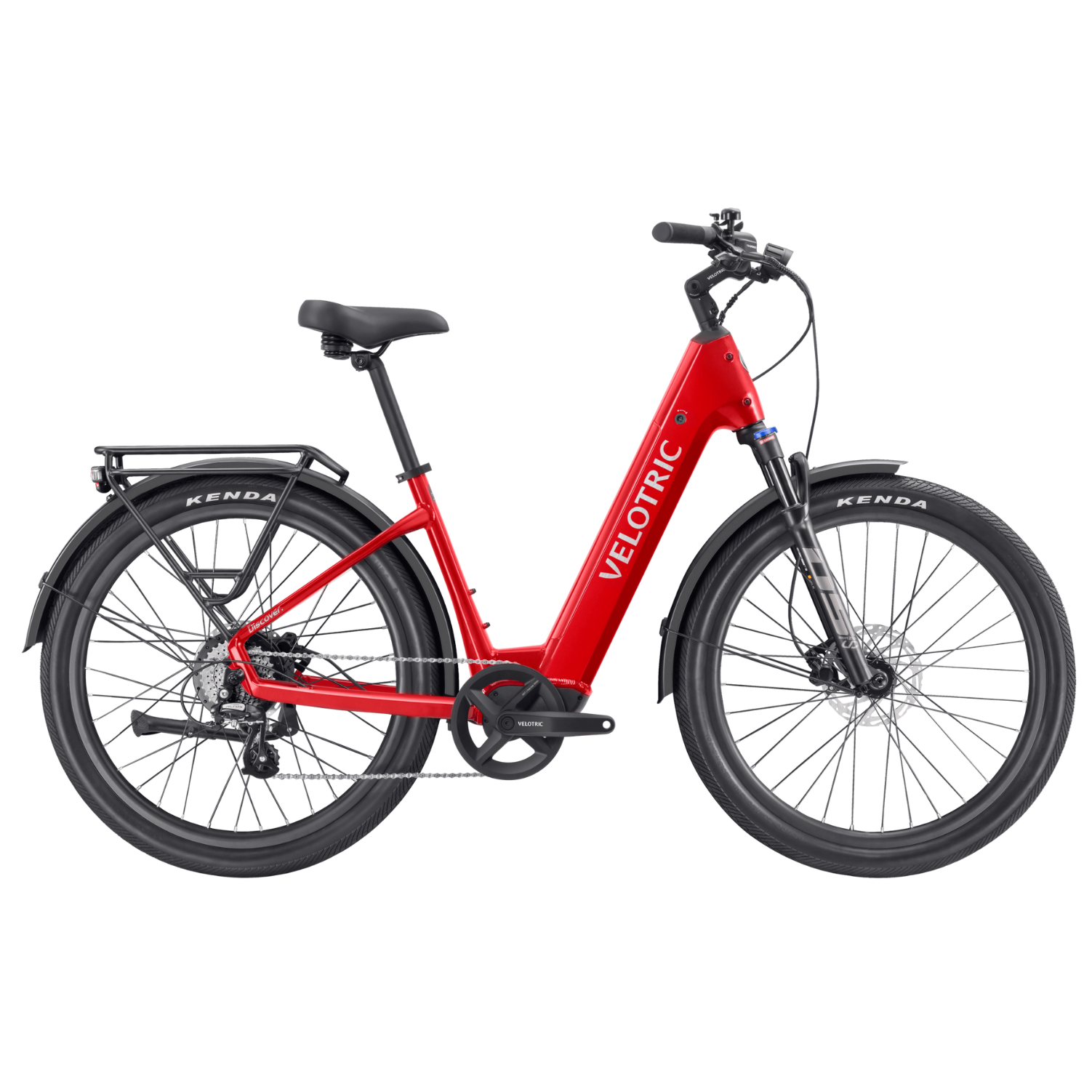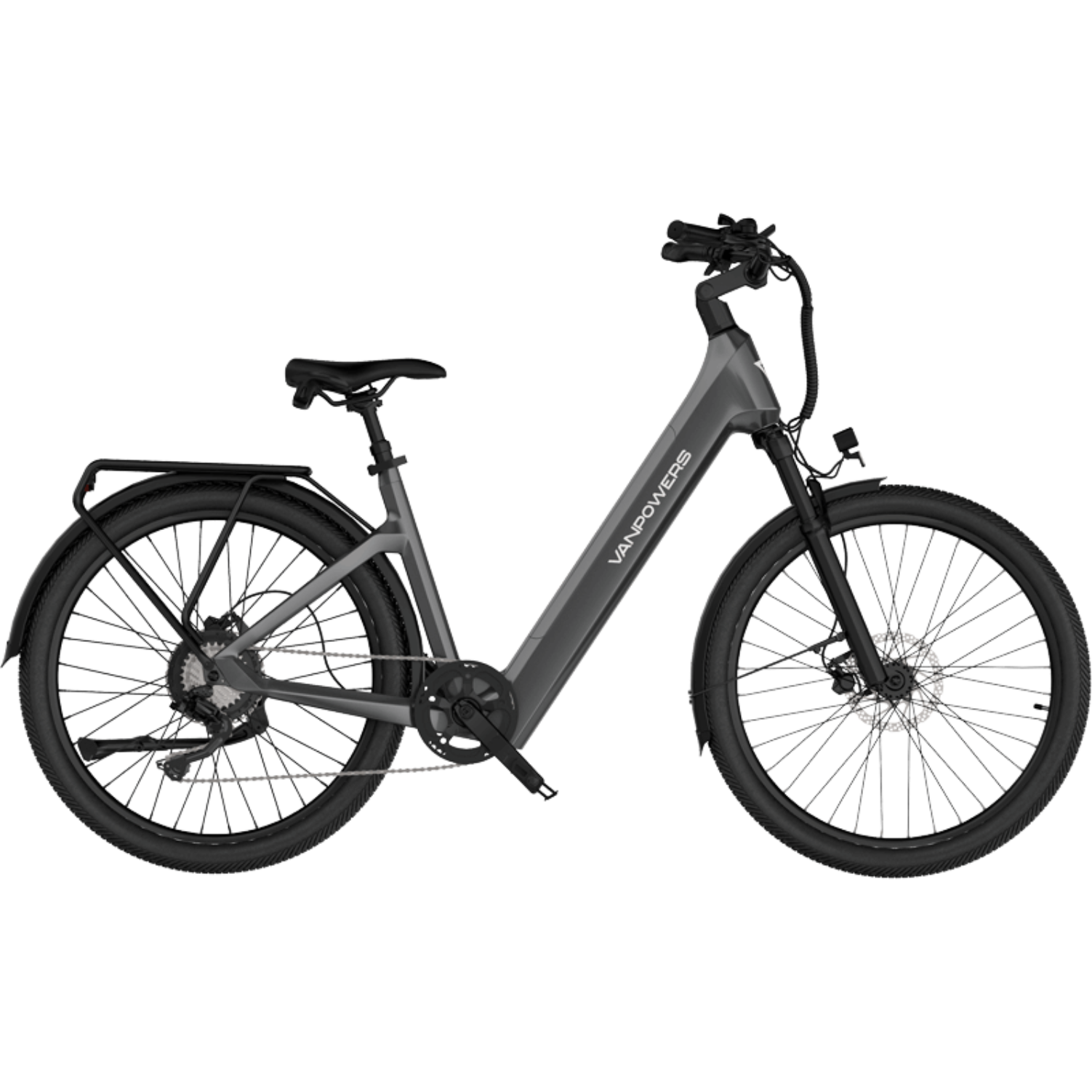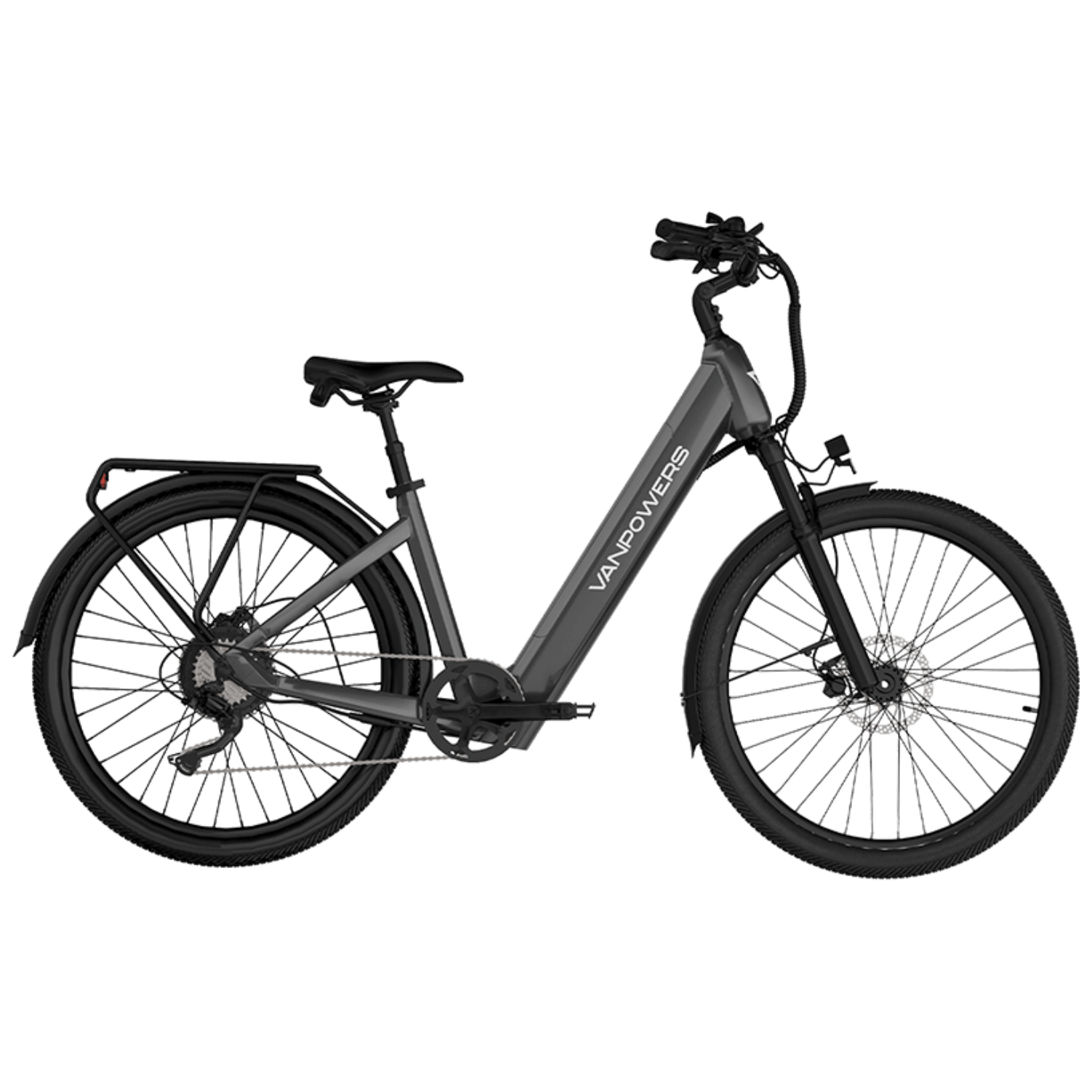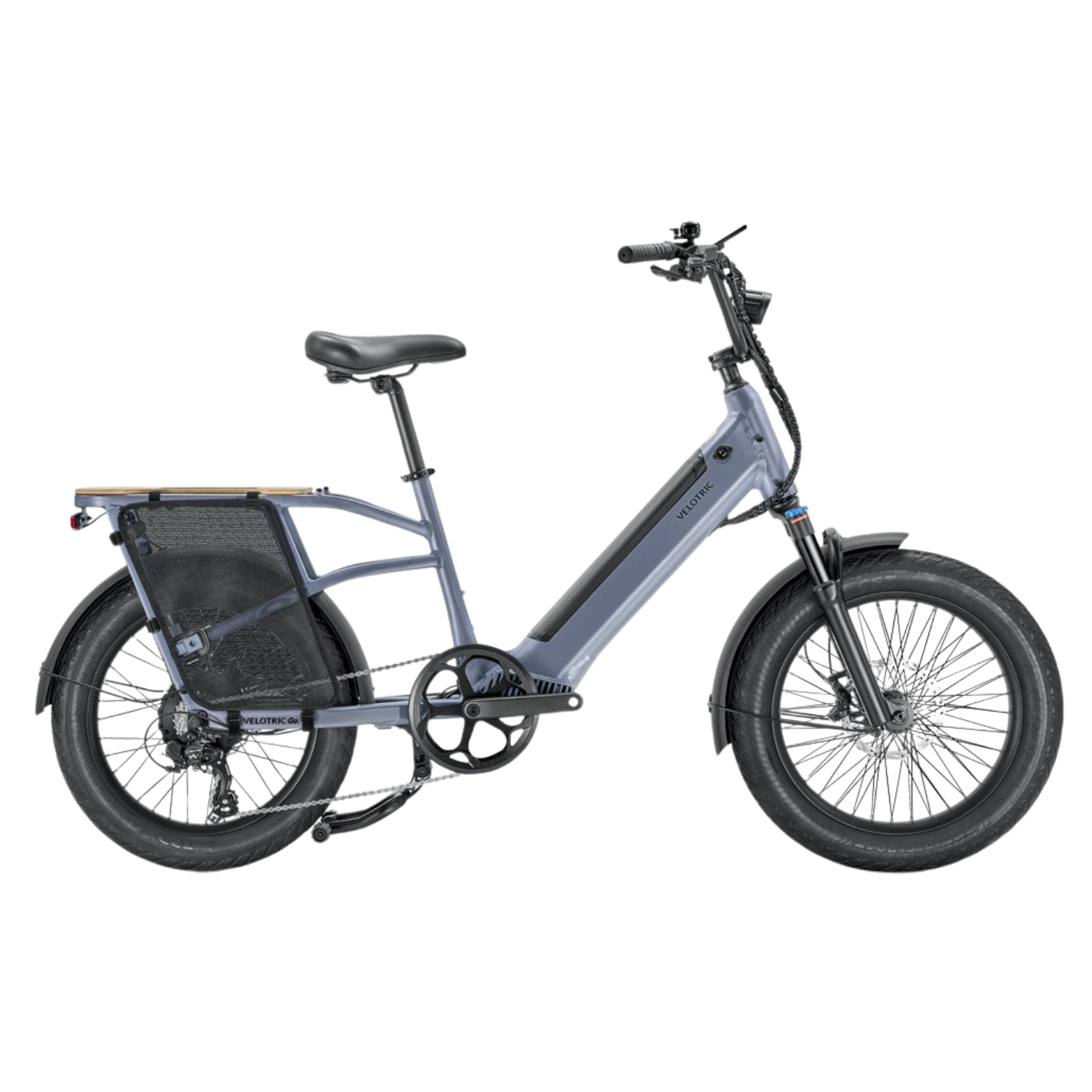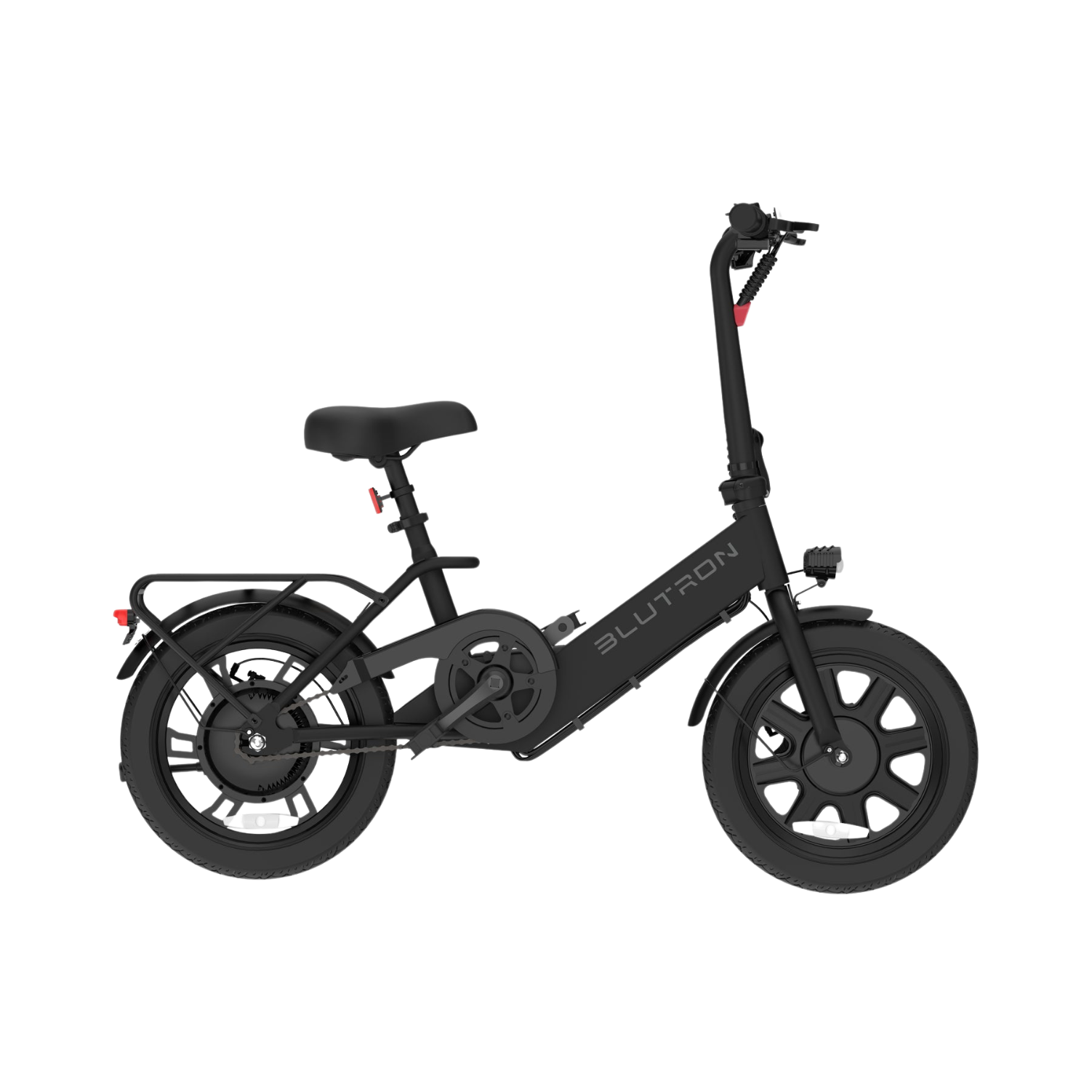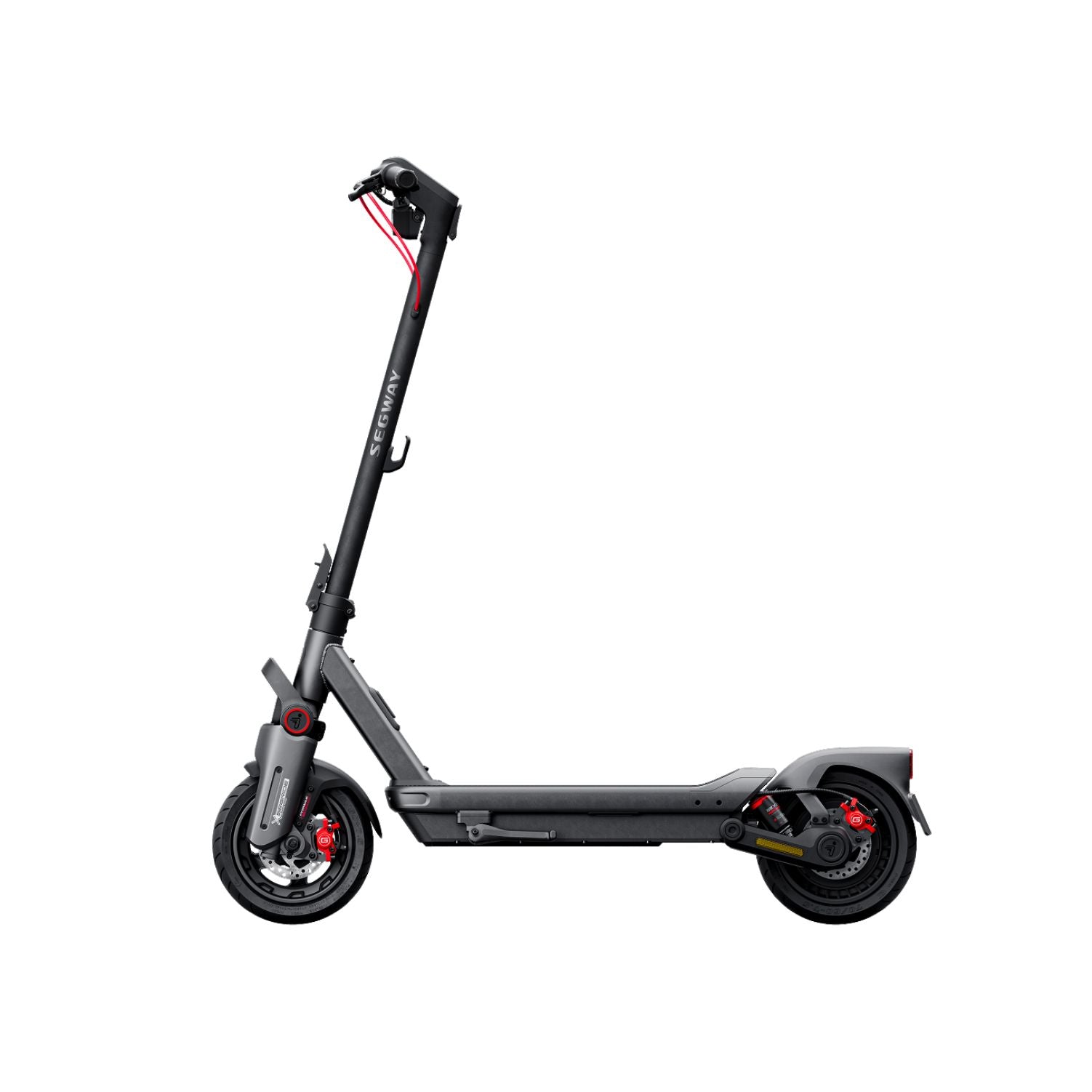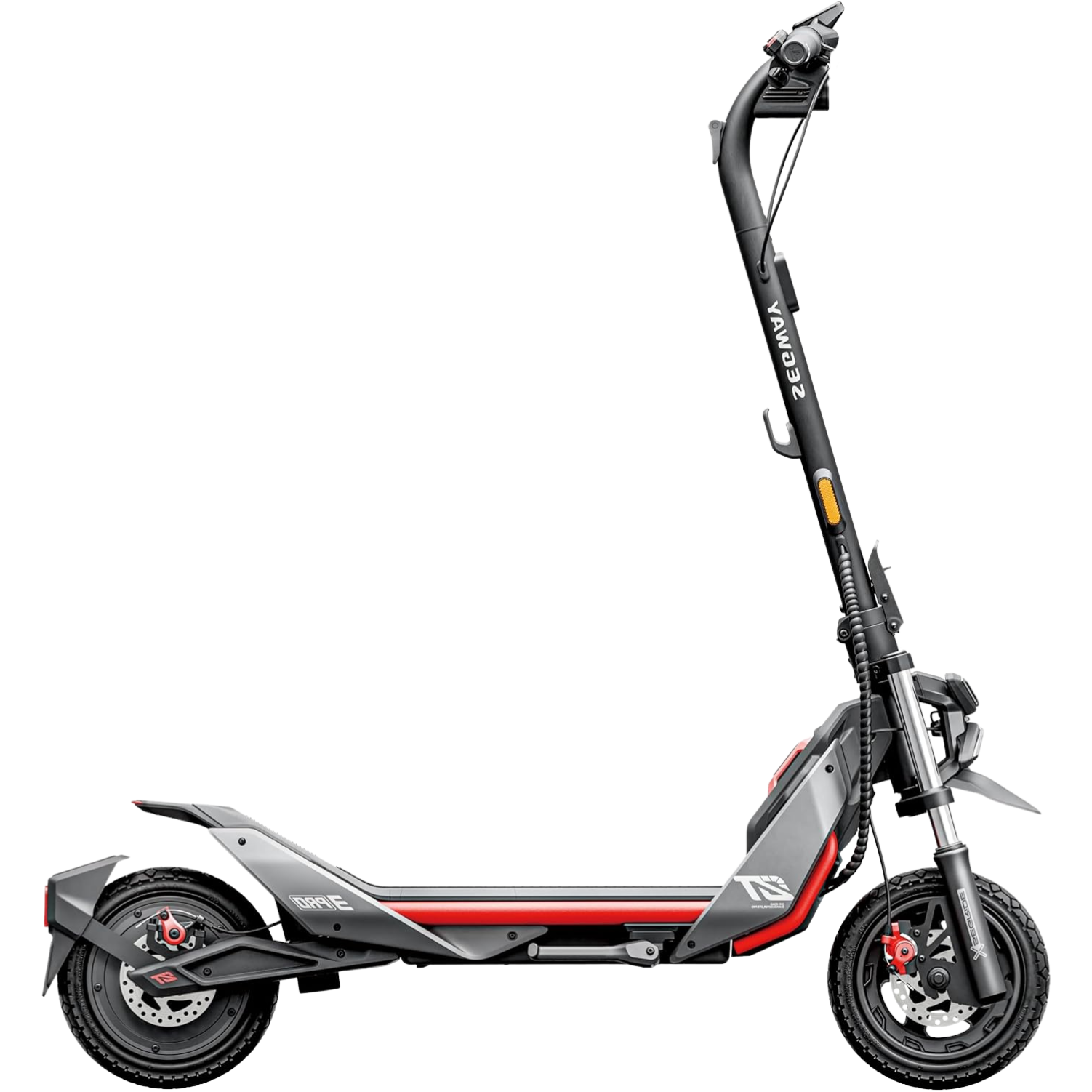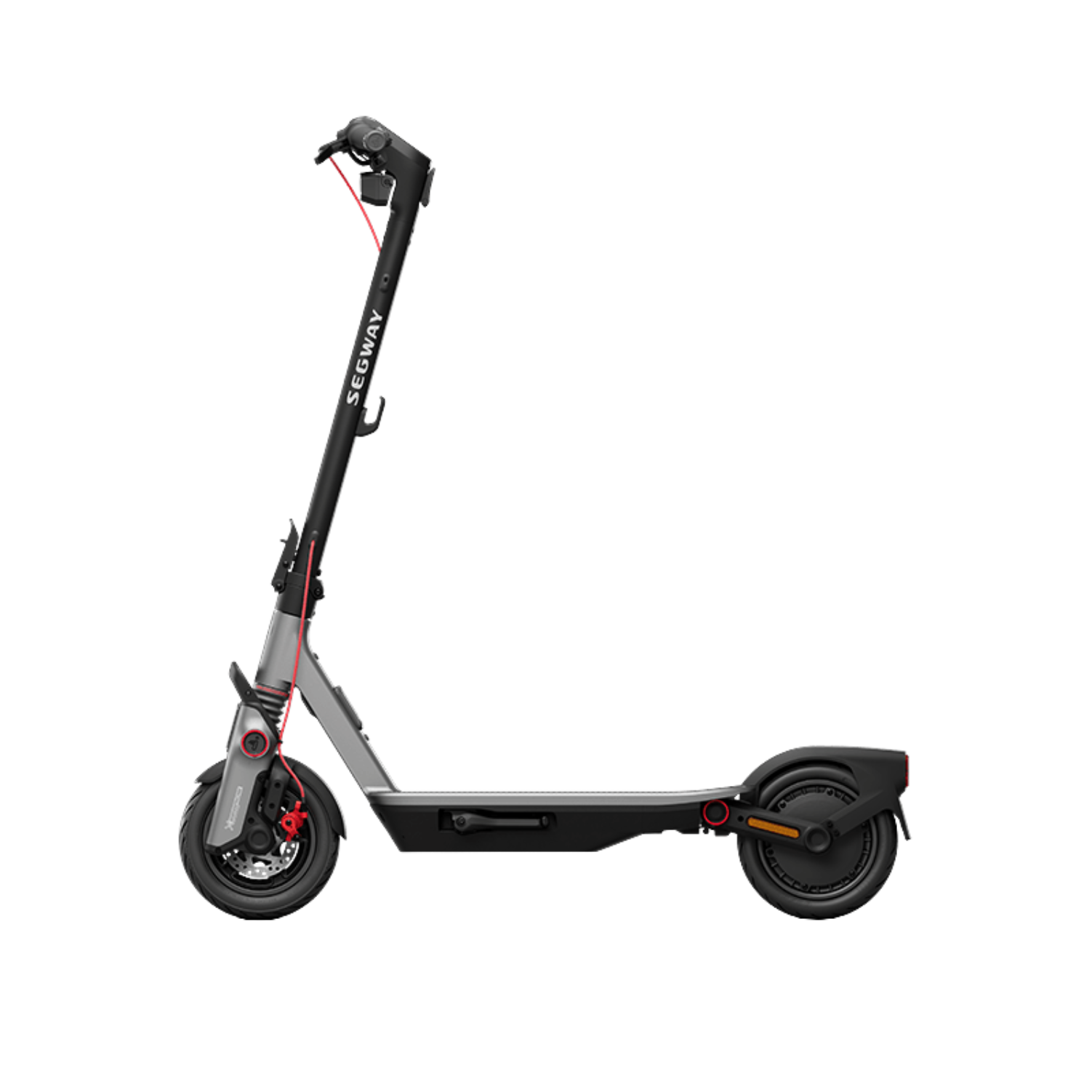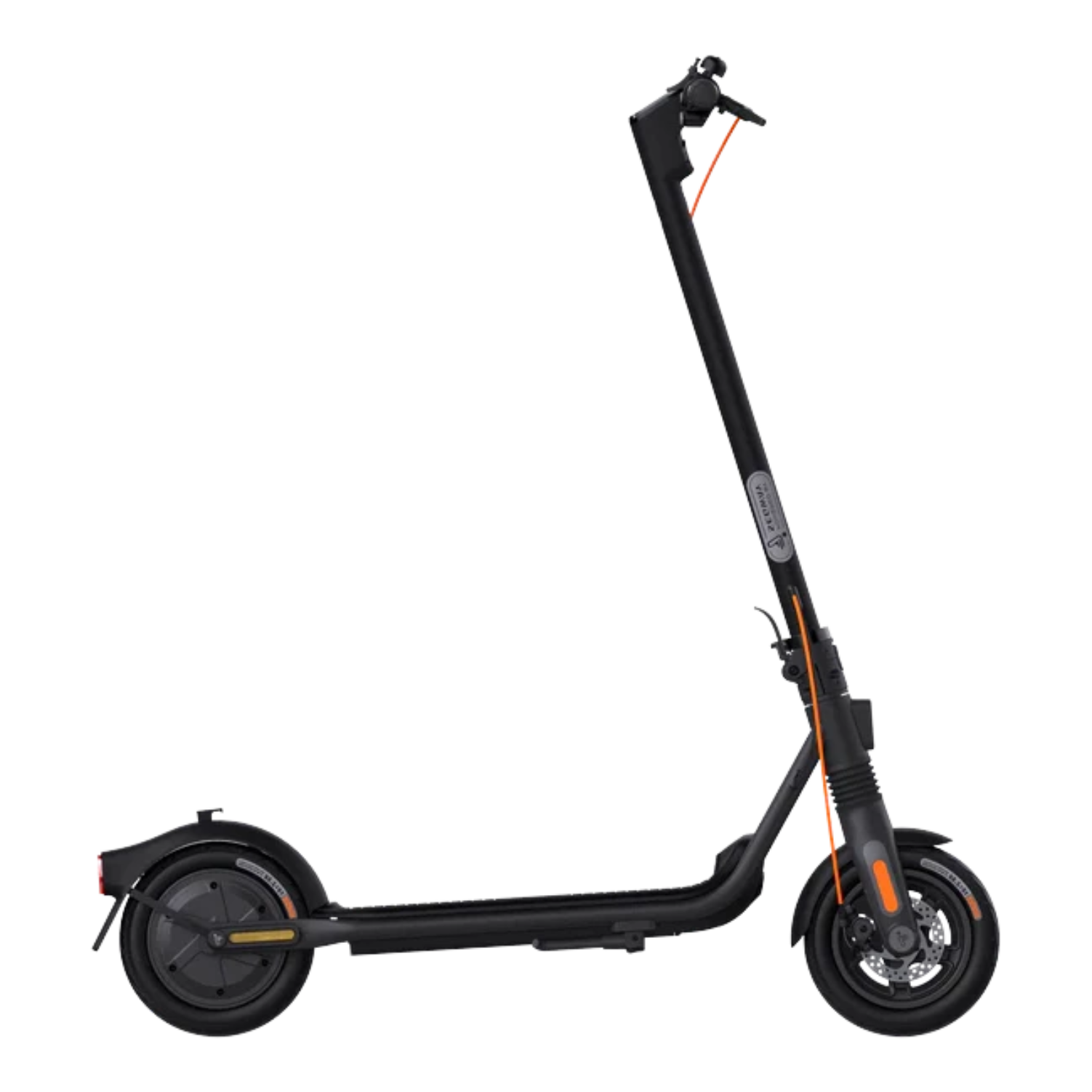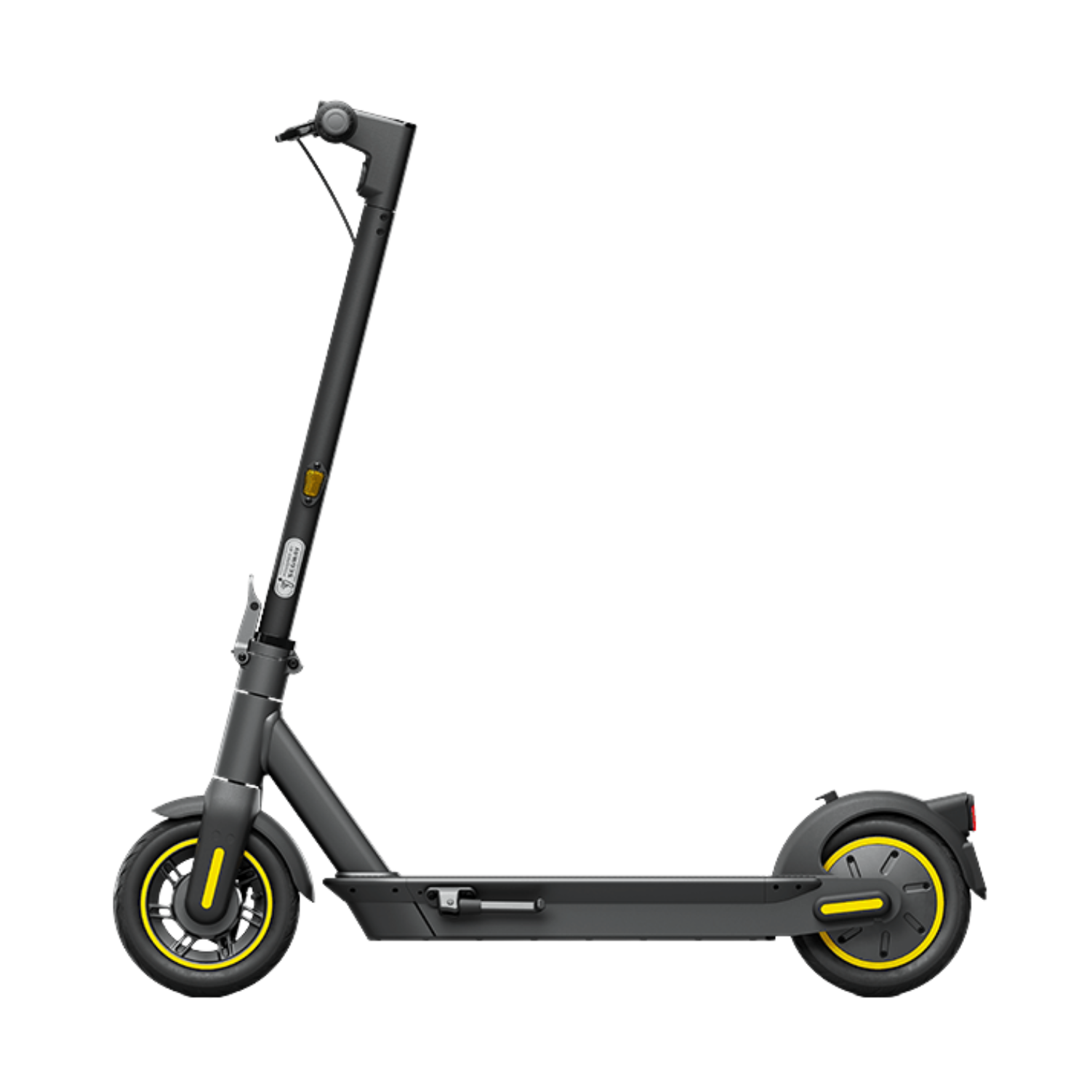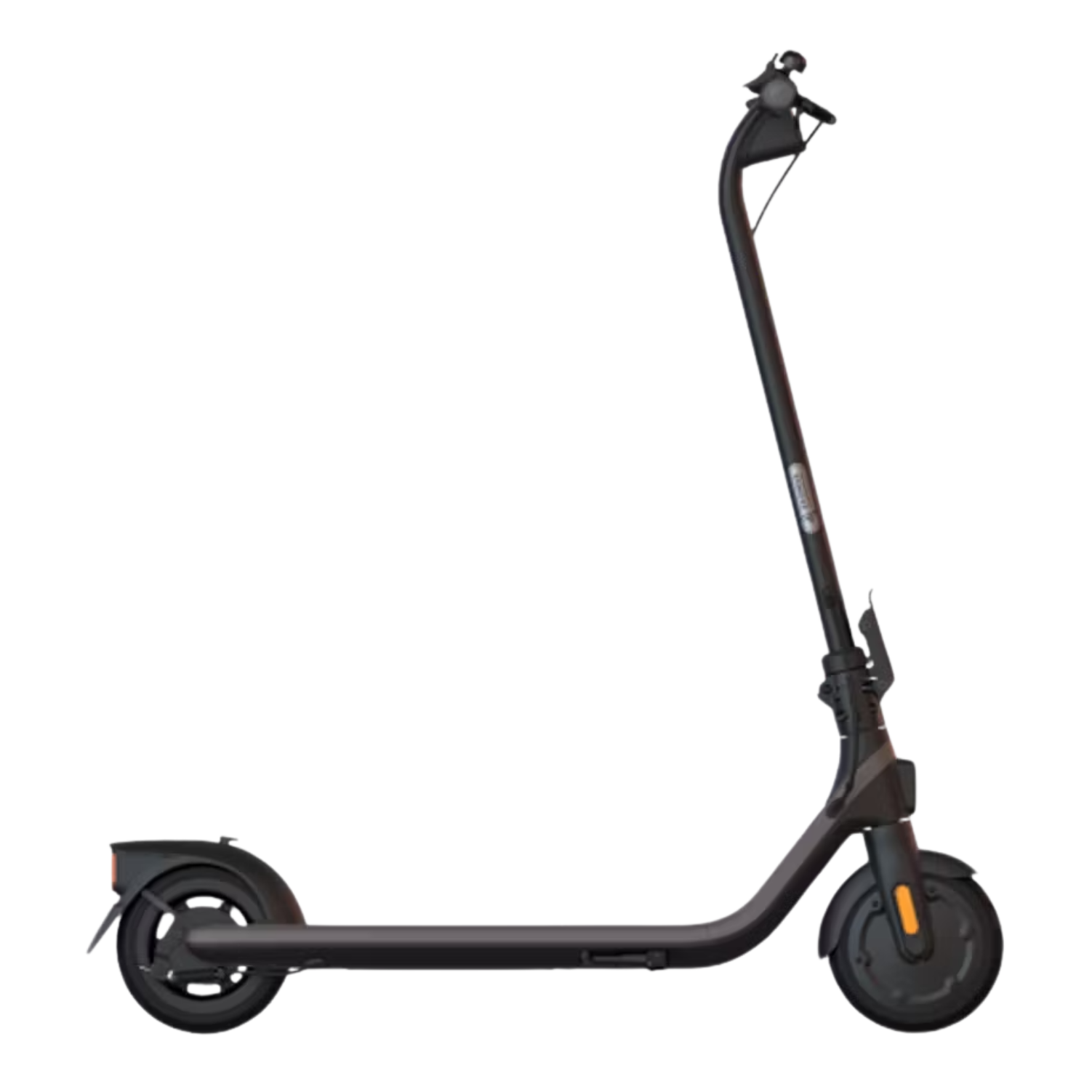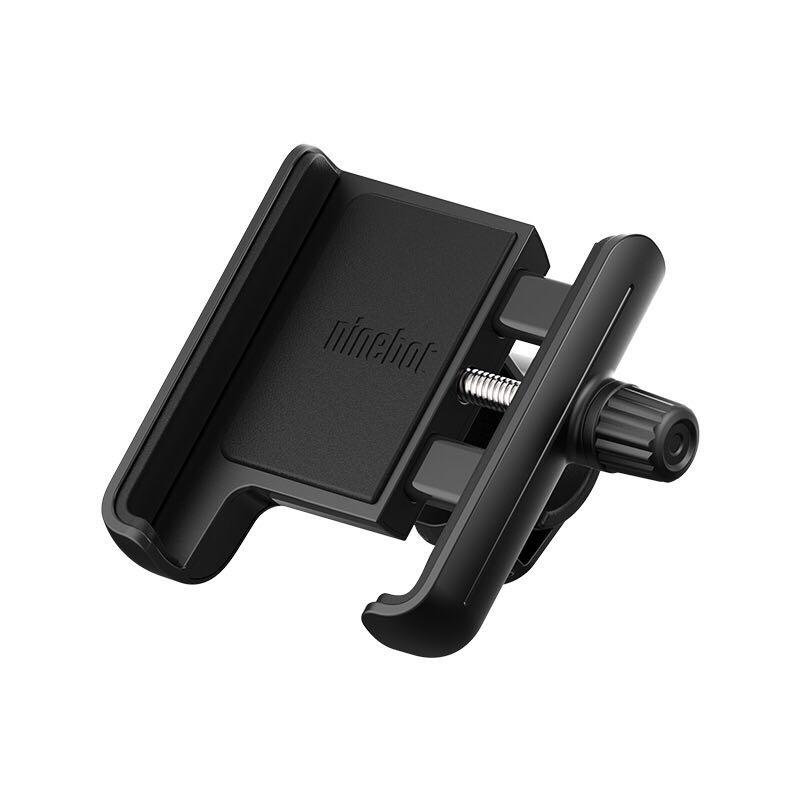As cities and suburbs continue to grow and expand, the demand for accessible infrastructure that isn’t car-reliant continues to grow with it.
For this reason, the micromobility movement is seeing renewed growth after the industry took a hit due to the Covid-19 pandemic.
As fuel prices, vehicle expenses, and car purchases rise, many people are looking for alternative methods to transport themselves and their belongings to and from work, grocery stores, and other locations.
While public transportation is a viable option for some, long wait times, unreliable schedules, and forced proximity to other commuters make public transit less appealing.
So if not cars or buses, how will people get around? Many cities, and suburban areas, in particular, were built around the car-and-highway model, making walking and traditional bikes unfeasible for long-distance travel.
In response to this dilemma, many cities worldwide are now implementing micromobility strategies to help reduce their carbon footprint and vehicle emissions while providing sustainable options for commuters.
But what is micromobility, and what are the benefits for you?
What Is Micromobility?
Micromobility is the use of transportation that is smaller than your average vehicle for commuting and works as sustainable transport in urban areas.
Micromobility vehicles typically use electric motors, making them a greener alternative to traditional transportation using internal combustion engines.
These forms of transportation can include
- E-scooters
- E-bikes
- Power-assisted bicycles
- Motor-assisted bicycles
- Limited speed motorcycles
- Mopeds
- Cargo e-bikes
- Standard bikes
- Electric skateboards/hoverboards
- Rickshaws
- Standard scooters
- Segways
- Pedicabs
All these transport forms are low-cost, easier to maintain, eco-friendly, and sustainable.
Many cities are promoting the use of these vehicles to reduce smog, emissions, and traffic congestion.
Why Is Micromobility Becoming Popular?
In Canada, from 2018 to 2021, approximately 37% of shared micromobility trips in cities replaced car trips, while 10% of bikes and e-scooter trips replaced public transportation.
This is a great leap for the industry, demonstrating that Canadians are willing to use alternative methods to get around their cities.
Currently, 19 communities within the country offer shared micromobility initiatives. And this number is only expected to grow due to the many benefits and profitability of these programs.
Segway Canada is becoming a leader in the industry as many companies like the ruggedness and durability of these micro-vehicles.
Benefits of Micromobility
Micromobility can be seen as the universal pain-killer for air pollution and gridlocks by some. Let’s look at the benefits of micromobility:
Works Well With Other Transportation Modes
Many cities are currently looking for ways to alleviate traffic congestion in the central part by creating buffer parking and urging citizens to use public transit instead of their cars to finish the trip.
While it may sound like a fantastic solution, adoption rates don’t meet the set expectations. This is in part due to the imperfect public transit system that can’t accommodate every possible combination of routes and destinations needed.
This means that some people still have to sacrifice their comfort by waiting at bus stops and changing to more than one bus.
Fortunately, e-scooters or Segways in Canada have proved to be an efficient and fun way for people to get around. These forms of micromobility are compact and allow users to travel on their own, hop on a bus or subway and then be on their own way again with minimal effort.
Less traffic
As individuals and communities begin to adapt to the micromobility movement, alongside the newer push to abandon cars in favour of public transport, it won’t be long before the roads become less busy.
As stated above, micromobility works well with public transportation and together, the two can begin to shift commuters away from the car-centric mindset of the past.
With fewer cars on the road, buses and personal transportation such as e-bikes and scooters will have an easier time.
Less pollution
While the average length of micromobility-powered rides is under 4 miles, the sheer number of these rides can be attributed to the improvement of air quality.
Just imagine that most of these rides would have otherwise been made with a car or motorbike.
Increased economic activity
When a two-year pilot project brought 1,500 E-scooters into the city of Red Deer, AB, downtown restaurants and shops noticed a significant increase in revenue compared to the year before.
Tourists and locals were finding new restaurants and stores that they never noticed before.
Though the growth may be incremental, it was still significant enough to demonstrate that micromobility could help out small and local businesses. When Goizueta Business School at Emory University did a comparison of four cities with e-scooters and four without, they found a difference of $13,800,000 in revenue in the food and beverage industry alone.
What this could mean for economic growth can be impactful.
Final Words
While Micromobility has its pros and cons, we think that in the near future most big cities will move rapidly towards it.
The benefits of Micromobility are too good to be ignored, and most citizens will only get huge advantages by owning a micromobility device bought from Segway Canada rather than a car.
And if you too want to be part of the Micromobility Movement and to look for a high-quality but affordable Segway in Canada, Knotty Scooters is your solution.
We're a factory-authorized distributor of popular electric scooter brands and always strive for complete customer satisfaction.
To see our electric Segway collection in Canada, check out our shop here.



